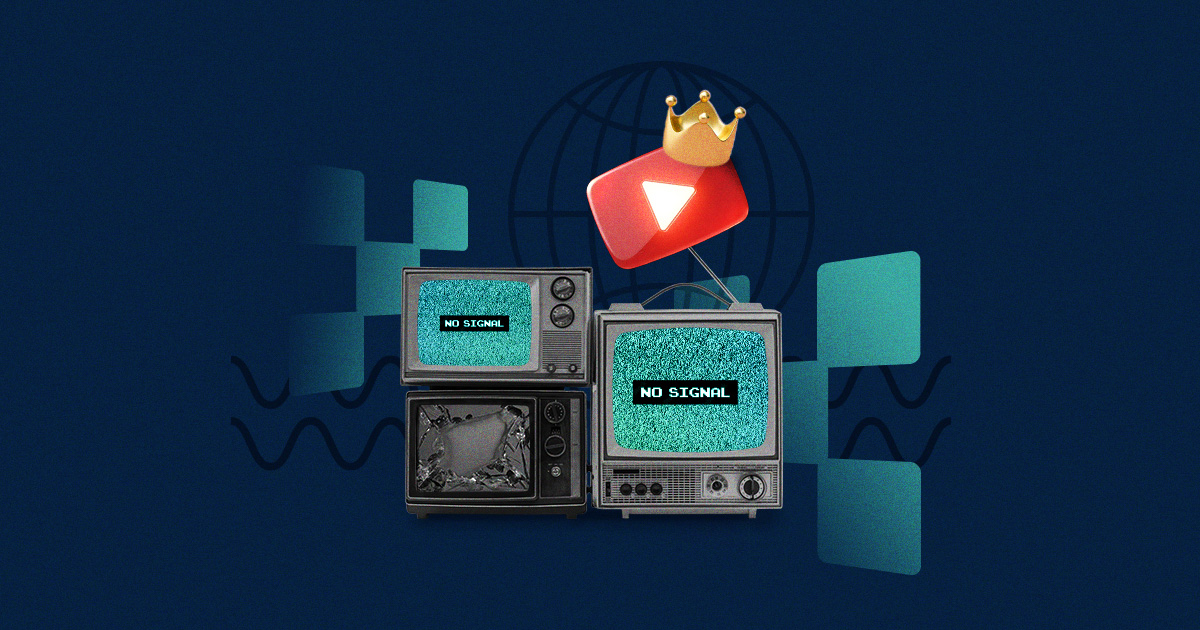
Accidentally hitting “reply all” on an email to your whole company. Not muting yourself on a Zoom call. It’s embarrassing, but people make mistakes. And since people run businesses, it’s also common for brands to make mistakes—and these days, one mistake could be detrimental.
One recent blunder came from DraftKings. On September 11, 2023, DraftKings offered a “Never Forget” parlay that would pay out if the New York Mets, New York Yankees, and New York Jets won their games that day, exploiting the tragedy of 9/11. After an outcry on social media and even a reply from the New York City fire commissioner at the time of 9/11, DraftKings removed the promotion.
While we can all agree that 9/11 as the subject of a promotion is a no-no, and DraftKings’ public image took a big hit, the brand did recover after issuing an apology. Let’s take a look at the ways brands can move forward, learn from their losses, and turn their trials into a triumph.
Using Public Relations to Help Flip a Marketing Fail
Recognize, Acknowledge, and Apologize
Not everyone will like what a brand creates, so as with any campaign, take audience feedback with a grain of salt. But, if there’s an overwhelming amount of criticism on a piece of content, brands need to be open to that negative feedback and admit when there’s a problem. With that admittance, brands should also remove the content, whether it’s as simple as deleting a post on social media or more involved to the point of pulling back a fully integrated campaign.
Meanwhile, the brand’s PR team should move into action by promptly and formally acknowledging the issue. Depending on the scale of the mistake, they should either distribute a press release or address the situation publicly on owned media such as a social channel, website, or email. Wherever a brand chooses to address the issue, the statement should include an apology, acknowledge responsibility, and provide a plan to rectify the situation.
Pepsi’s Tries to Solve Social Injustice
Launching one of recent history’s most problematic campaigns, Pepsi’s ad featuring Kendall Jenner is not only an example of a big brand mistake, it’s also an example of the backlash a brand can receive when its apology doesn’t address the deeper issue.
 Source: NBC News
Source: NBC News
While Pepsi did acknowledge an issue with the 2017 ad, which trivialized the Black Lives Matter movement and social injustice by solving the matter with the crack of opening and sharing a can of Pepsi, the apology itself had a missed opportunity to delve deeper into the issue. Their official statement read, “Pepsi was trying to project a global message of unity, peace and understanding. Clearly, we missed the mark, and we apologize.”  Source: X.com
Source: X.com
This statement doesn’t recognize the problem and doesn’t provide the next steps. It seems to brush the ad under the rug, briefly apologizing and asking viewers to move along. Instead, Pepsi should have shown an understanding of why the ad fell flat and a deeper understanding of perspective.
Thank Your Fans
When there’s an outcry from the general public, brands can sometimes get lost in whom to aim their response to. Ultimately, it comes down to customers and brand loyalists.
Customers make the world go ‘round, keeping brands in business—even brands that make a mistake or two. In the aftermath of a marketing disaster, brands need to express gratitude, love, and appreciation for their fans, thanking them not only for their previous loyalty but also for their current feedback and understanding.
An Apology from the Leafs
In 2012, after not making the playoffs for seven years in a row, fans demanded answers from the Toronto Maple Leafs’ front office. Along with an apology from their chairman, Lawrence M. Tanenbaum, fans received a thank you and a promise to do better next year. Whether for damage control or an actual heartfelt gesture, from a PR perspective, the letter contributed to the public’s perception of the organization in a positive way.
 Source: NESN
Source: NESN
Be Wise, Revise—and Put Your Audience First
A marketing flop can sometimes be the perfect excuse for a brand to reach out directly to customers, get feedback, and learn more about its target audience. In addition, asking for feedback can shift an audience from haters to helpers, changing their perspective while offering a brand advice to work off of in the future.
This feedback can be helpful in multiple ways. One is to revise customer personas if a message didn’t hit due to inaccurate or out-of-date audience data. Many issues due to communication can be solved by better understanding your target audience and what they want.
Another way to utilize this data is to update your brand’s annual marketing plan. Any messaging that is out of line with the new personas must be rethought and revised. Agility and evolution is the key to success.
Delivery! Domino’s Emerges as an E-Commerce Platform
While revisiting target audiences is a helpful and sometimes necessary practice after an issue arises, workshopping audiences (and what they truly want) can also help propel businesses into creating new industry-changing processes.
In the mid-2000s, Domino’s was struggling, with its finances looking bleak. After overhauling their menu for taste and ingredients, they still needed a differentiator to pull them out of their slump. That differentiator transformed Domino’s from a pizza company into an e-commerce platform. Technology was quickly evolving, internet use was growing rapidly, and customers were experiencing pain points ordering over the phone or in-store, so Domino’s took the opportunity to provide customer service in a way no pizza chain had ever done before—online.
![]() Source: Fast Company
Source: Fast Company
Now, it’s an industry norm—ordering food online, personalizing your order, and, of course, the pizza tracker—all started by Domino’s. Domino’s continues to spearhead the technology in the food and beverage industry because of the data they gathered on their audience and their push to go all-in as a technology company.
A Brand’s Reputation is Only as Good as Its PR Team
It’s not if a crisis will happen, but when.
A marketing trial can be turned into a triumph when a public relations team is quick to step into action. A great PR team will have a multi-dimensional plan in place before an issue arises; that way, it is ready to be executed immediately.
The tips above are just a few best practices to help navigate a marketing blunder. Trials are a way to show empathy and compassion, and connect with your audience on a deeper, more human level.
Does your brand need a plan in case of a setback? Contact us today to speak with our award-winning PR team.




